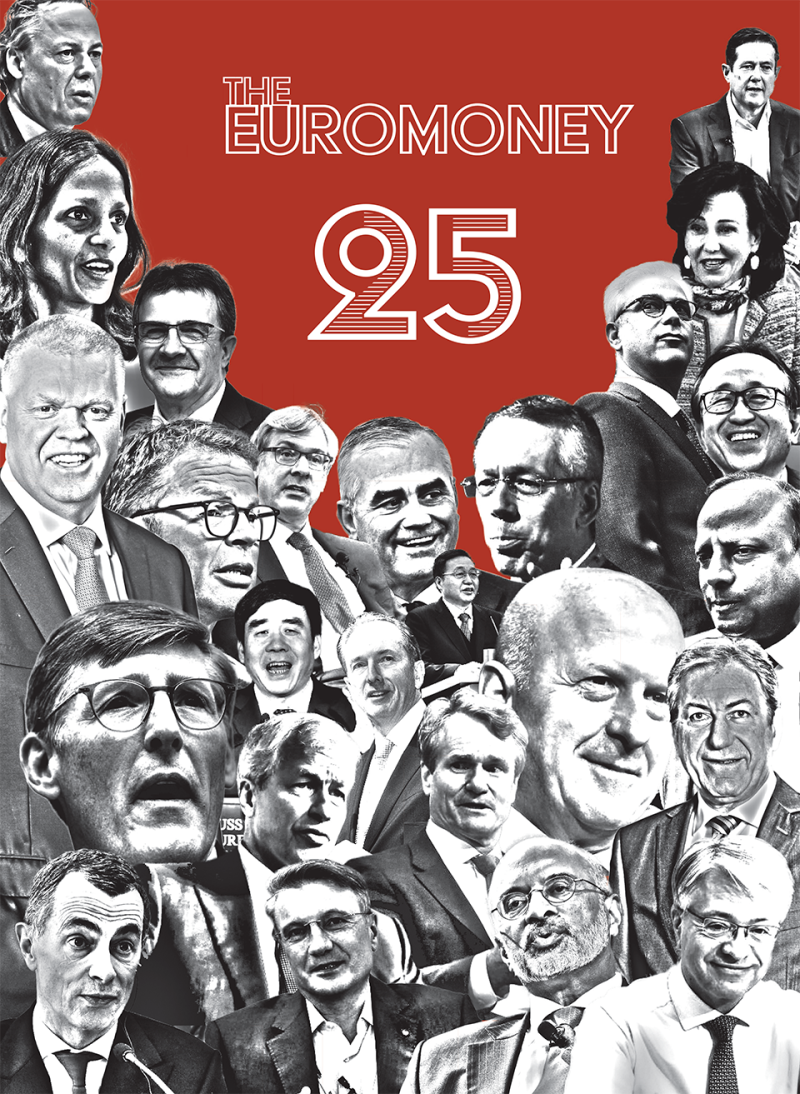
On December 1, attendees at Sberbank’s virtual investor day were treated to a short break in the presentation of the Russian market leader’s new three-year strategy.
Live footage of senior management enumerating the digital miracles to be achieved by 2023 gave way for five minutes to a film noir pastiche entitled ‘Black Swan’, in which a trench coat-clad, vodka-swilling super villain attempts to bring down the global financial system by introducing lockdown.
No traditional bank can stand against him – but Sberbank transforms into Sber, where everything can be done online, and the Black Swan is defeated.
In reality, Sberbank’s experience of the pandemic has been a little more nuanced. While the state-controlled lender did indeed see a surge in take-up of digital services, both on the banking side and within its rapidly expanding non-financial ecosystem, it was far from immune to the effects of Covid.
Hefty provisioning in the first quarter, which saw the bank’s coverage ratio jump from 89.3% to 98.2% by the end of March, put paid to hopes of finally achieving the R1 trillion ($13.4 billion) net profit envisaged in its 2017-2020 strategy.
Similarly, 2020 will be the first year since 2015 in which Sberbank’s return on equity will come in below its three-year target of 20%. Following a recovery to 22.4% in the third quarter, management is now guiding to low to mid-teens for the full year.
At the same time, the retail bank has performed surprisingly well against the targets for 2020 set at the end of last year. Net interest margin, for example, averaged 5.52% in the first nine months of the year, comfortably above guidance of “slightly over” 5.3%.
Loan growth over the same period was an impressive 12.9%, while a non-performing loan ratio of 4.7% at the end of September was just 30 basis points higher than a year earlier. Meanwhile cost of risk fell by more than a third in the third quarter to 143bp.
Resilience
For some of this resilience, Sberbank – along with the rest of the Russian banking sector – has the local authorities to thank. Rapid monetary easing by the Russian central bank, which slashed base rates to a post-Soviet low of 4.25%, reduced funding costs and boosted demand for loans.
In other respects, however, Sberbank’s management can take credit for its success in the second half of the year.
By the end of September, net fees and commission were up 12.7% year on year, well above guidance of mid-single digits. Growth in operating expenses had also been kept down to 6.3%, giving a cost-to-income ratio of 32% for the first nine months of the year.
While missing the 30% target set in 2016, this remains an impressive achievement for a bank that not only continues to invest heavily in technology but is also obliged – for political reasons – to maintain a 14,000-strong branch network that covers some of Russia’s more remote corners.
The pandemic put a temporary dampener on Sberbank’s e-commerce ambitions
Recovering financials and a sturdy capital base also allowed Sberbank to resume dividend payments in the third quarter and, unlike fellow state-controlled lender VTB, to meet its targeted pay-out ratio of 50%. Even after the distribution, the bank’s common equity tier-1 ratio stood at 13.4%.
In one respect, however, VTB outperformed its larger rival this year. While the pandemic played to Sberbank’s strengths in digitalization and helped to justify recent incursions into non-banking segments such as food delivery and video streaming, it also highlighted a key weakness on the investment side.
As deposit rates plummeted, Russian retail clients rushed to pull cash from banks and put it into higher-yielding instruments. Unfortunately, Sberbank was unable to take full advantage of this trend, having allowed VTB and Tinkoff to dominate the retail brokerage space.
The pandemic also indirectly put a temporary dampener on Sberbank’s e-commerce ambitions.
Appetite
But it hasn't taken the edge off Sberbank’s appetite for e-commerce. At the two-day event to present their strategy for 2021-2023, management once again set out ambitious targets for the sector, including becoming a top-three player in three years and number one within a decade.
Whether they will do this by buying an existing player such as Wildberries or by leveraging Sberbank’s own tech capabilities and build from scratch remains to be seen.
What is clear is that they are prepared to invest heavily to make it happen. Analysts estimate that spending commitments for ecosystem development, of which e-commerce will be a key part, amount to more than R200 billion over the next three years.
Quite why Sberbank needs to be a leader in e-commerce – and non-banking ecosystems more generally – is open to question. Management, led by chief executive Herman Gref, insist that it is a golden opportunity for the bank to become a leader in what remains an underdeveloped sector in Russia.
Possibly even more attractive is the prospect of finally escaping the famous ‘Russia discount’ on its share price by being valued as a tech player.
Certainly, the messaging is currently all in that direction – witness the rebranding of the bank to Sber in September, not to mention the optimistic benchmarking of the group’s key segments against the likes of Amazon, Netflix and Alibaba at the investor day.
And, of course, the Black Swan film. At the very end, a pair of white swans appear and one says to the other: “You know, darling, buying shares in Sber in 2020 was the best decision of my life.”

